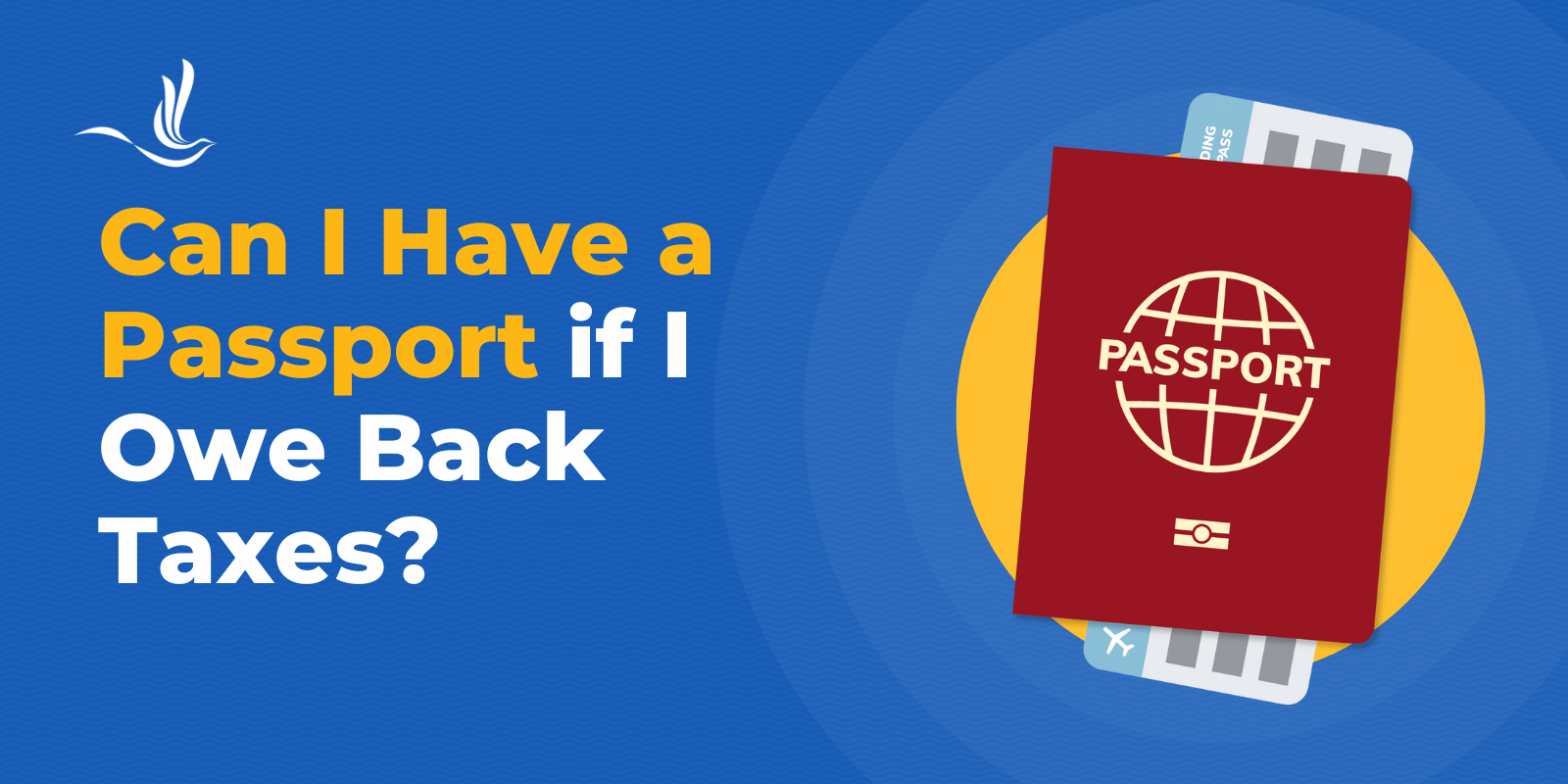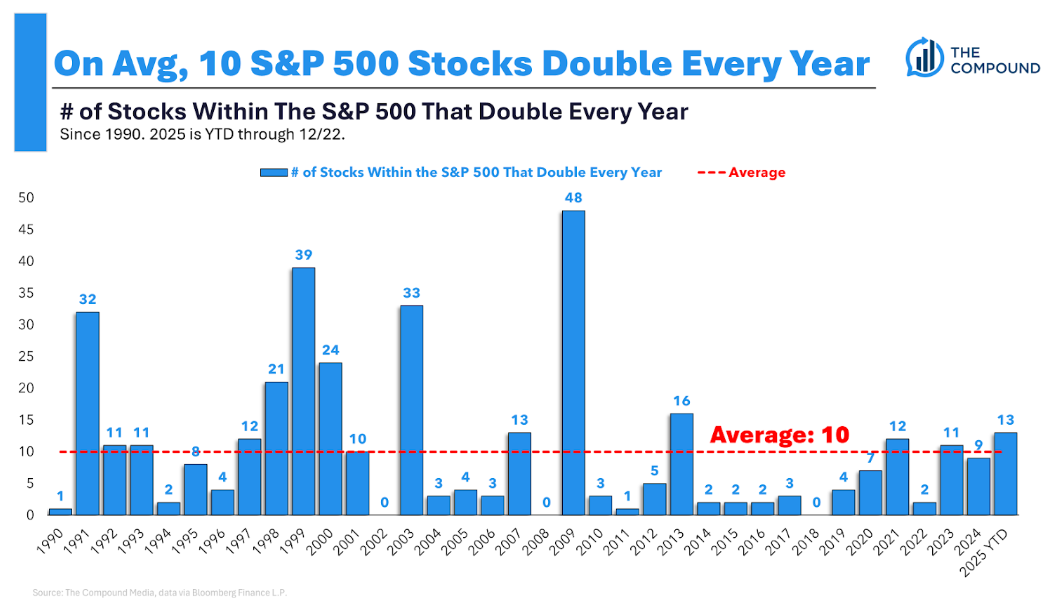Sales tax rules on clothing are some of the most complex nationwide, as a patchwork of states offer complete exemptions, no exemptions and everything in-between for specific types of clothing.
One size sure doesn’t fit all.
‘Worn by humans’
Almost all states with a statewide sales tax treat sales tax on clothing differently, and a few states don’t levy a statewide sales tax it at all (including, of course, the NOMAD states).
States that do exempt clothing, such as Vermont and Pennsylvania (except for fur items in the latter), exempt a lot. Says New Jersey, “Sales of articles of clothing and footwear for human use are exempt from New Jersey Sales Tax. This exemption does not apply to fur clothing; accessories or equipment; sport or recreational equipment, or protective equipment (unless the protective equipment is necessary for the daily work of the user).”
“Clothing includes footwear, all inner- and outerwear, headgear, gloves and mittens, neckwear, and hosiery normally worn on the human body, including baby receiving blankets, bunting, diapers, diaper inserts, and baby pants. Disposable undergarments for adults also are exempt.”
In Minnesota, clothing is exempt from the state sales and use tax; “clothing” means “all human wearing apparel suitable for general use” with no price limit.
This exemption applies to an expansive range of clothing, including earmuffs, bandanas, bathrobes, hats, various costumes and uniforms, hospital scrubs, suspenders, tuxedos and many more items.
Minnesota is also one of the more generous states in making protective clothing tax-free: “Clothing that has a protective quality does not make it taxable protective equipment. For example, clothing that is flame resistant or has reflective components still remains non-taxable clothing if it can be worn for general use,” the state says.
Clothing prices can influence exemptions (as often happens during standalone sales tax holidays – see below). In Massachusetts, clothing is generally exempt, but any one item costing more than $175 is taxable on the amount over $175. (So, adds the state helpfully, tax on a $200 suit would be $1.56, or 6.25% of the taxable $25 difference. On multiple items, any sales tax is charged only on individual items costing more than $175 no matter the total bill.
Rhode Island’s threshold on sales tax on clothing is $250 per item, meaning tax applies on amounts above that. “Clothing” in that state also doesn’t include such items as belt buckles or sewing materials that become part of clothing, such as buttons, fabric, lace, thread, yarn and zippers, among other conditions.
New York is especially complex. Clothing, footwear and “items used to make or repair exempt clothing sold for less than $110 per item” or pair are exempt from the state’s 4% sales tax, the local tax in those localities that provide the exemption and the Metropolitan Commuter Transportation District (MCTD) tax within the exempt localities in the district (New York City and Dutchess, Nassau, Orange, Putnam, Rockland, Suffolk and Westchester counties).
Several other New York counties also offer clothing exemptions.
New York’s exemption applies only to clothing and footwear “worn by humans” and applies to most fabric, thread, yarn, buttons, snaps, hooks, zippers and similar items that become a physical component of exempt clothing or that are used to make or repair exempt clothing.
Ineligible for the New York exemption: clothing and footwear sold for $110 or more per item or pair; costumes or rented formal wear; and items made from pearls, precious or semi-precious stones, jewels or metals, among other items.
Happy holidays
Many states that regularly charge sales tax on clothing exempt several items during periodic sales tax holidays, which are often occasioned by back-to-school shopping.
These holidays from statewide sales tax usually last a week or a weekend or two and, though some experts claim they provide only illusionary breaks for buyers, are becoming popular with more state lawmakers.
Often, back-to-school clothing sales tax holidays are pegged to prices. For instance, in Florida (an especially holiday-happy state), Iowa, Texas, Mississippi, Missouri, Oklahoma, Alabama, Connecticut and New Mexico (in 2024) and Tennessee, only clothing costing less than $100 is tax-free. West Virginia’s holiday break is for clothing costing $125 or less.
Not all clothing qualifies, and the details can be dizzying. Puerto Rico recently exempted school uniforms not including strap buckles sold separately, patches and emblems sold separately and accessories or equipment that constitute incidental items such as briefcases, cosmetics and hair articles, among other items.
Though shoes often get a break, accessories generally incur sales tax, as in Alabama. Though excepting clothing, Tennessee still charges tax on jewelry and handbags.
Accessories are tax-free, though, in Texas, as are many accessories in South Carolina (where specialty clothing such as bridal gowns, aprons and uniforms are also tax-free).
Oklahoma’s holiday “does not apply to the sale of any accessories, special clothing or footwear primarily designed for athletic activity or protective use that is not normally worn except when used for athletic activity or protective use, or to the rental of clothing or footwear.” Breaks in Iowa have historically not included watches, watchbands, jewelry, umbrellas and handkerchiefs or “special clothing or footwear designed primarily for athletic activity or protective use and not usually considered appropriate for everyday wear.”
If fashion is fickle, clearly so are the laws for sales tax – and exemptions – on clothing. Check with your specific nexus state or an expert to make sure when your clothing sales create a sales tax obligation.
TaxConnex can help your business stay on top of your taxability and ensure you maintain sales tax compliance. Get in touch to learn how we can help you!
Disclaimer: This story is auto-aggregated by a computer program and has not been created or edited by finopulse.
Publisher: Source link







